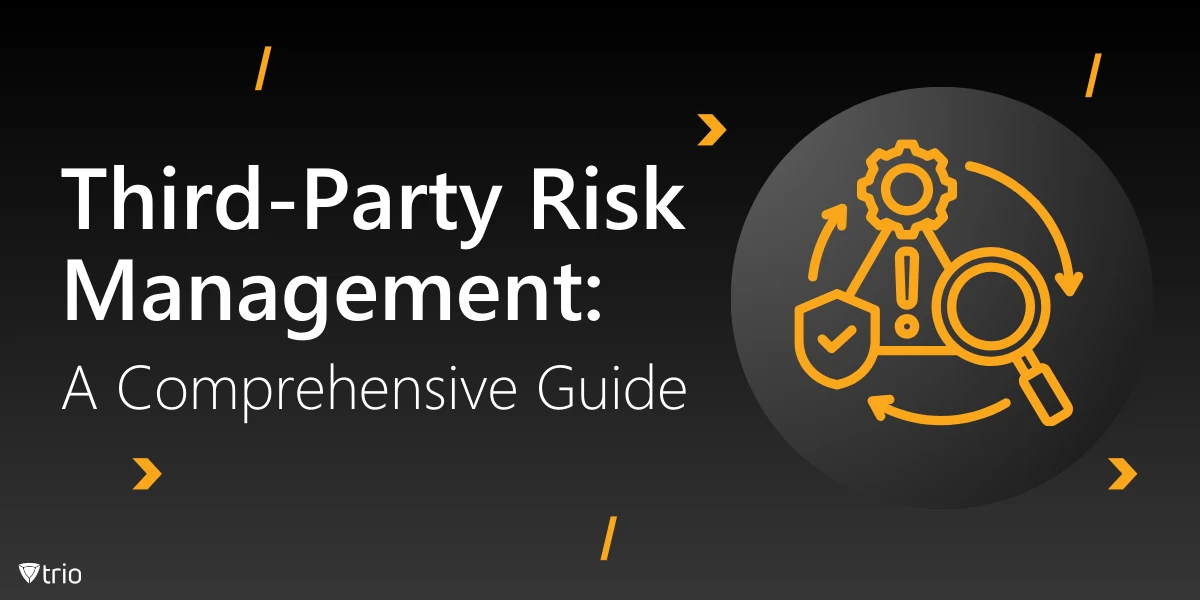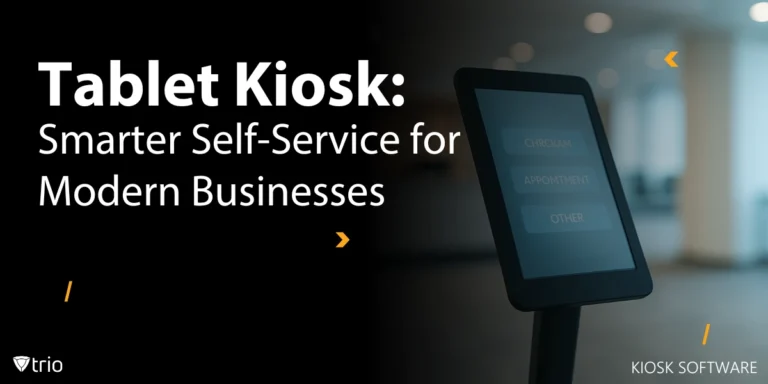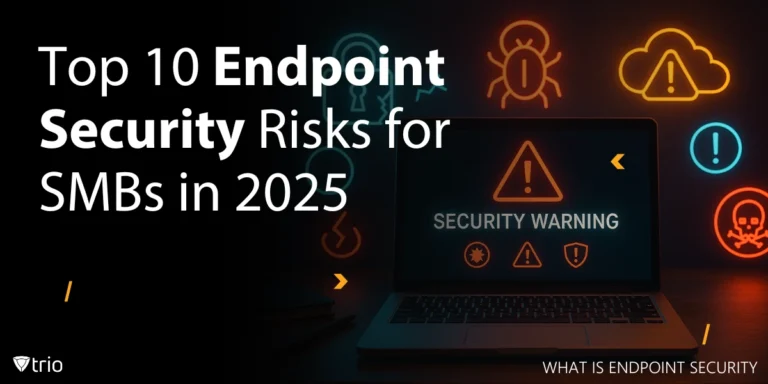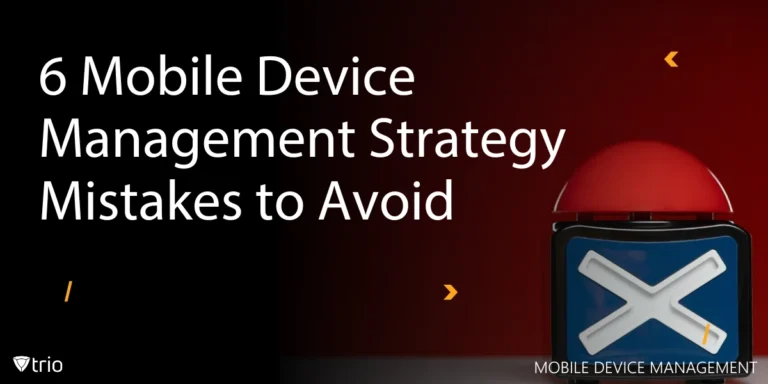Third-party risk management (TPRM) has become a critical component in the modern business environment. As organizations increasingly rely on external vendors, contractors, and service providers, they also expose themselves to potential risks that could jeopardize their security, compliance, and operational integrity. Whether it’s data breaches, service disruptions, or financial losses, third-party risks can have far-reaching consequences that are difficult to control directly. As a result, organizations must implement comprehensive TPRM strategies to identify and mitigate potential risks posed by these external partners.
The process of third-party risk management involves evaluating the potential threats posed by each third-party relationship and determining how those risks can be minimized or eliminated. In this blog post, we will explore the various aspects of third-party risk management, the importance of effective monitoring, and the best practices for maintaining a secure and compliant supply chain. We will also discuss how Mobile Device Management (MDM) solutions can play a role in managing third-party access and data integrity, ensuring that external partners adhere to your security standards.
What is Third-Party Risk Management?
Third-party risk management refers to the practice of identifying, assessing, and mitigating risks that arise from outsourcing business functions to external entities. These entities can include vendors, suppliers, contractors, consultants, or any other service provider that an organization depends on for operations. The goal of TPRM is to protect the organization’s data, systems, and reputation by ensuring that third-party partners follow the same stringent security and operational protocols as internal teams.
The risks associated with third parties can be diverse and include issues such as data breaches, compliance violations, operational failures, financial instability, and reputational damage. Third-party risk management involves a series of steps, such as conducting due diligence before entering into agreements, establishing clear contractual terms, and continuously monitoring the performance and compliance of third-party providers throughout the relationship.
Furthermore, the expansion of digital ecosystems and interconnected services has made third-party risk management more complex. The rise of cloud computing, outsourcing, and the global supply chain means that organizations now rely on a vast network of third parties that can impact every facet of business operations. For example, a data breach at a third-party vendor could compromise sensitive customer information, leading to significant regulatory penalties and loss of trust.
By effectively managing these risks, businesses can ensure that third-party relationships remain secure and beneficial. The first step is understanding the different types of risks and the tools and processes required to manage them.
Types of Third-Party Risks
The risks associated with third parties can be categorized into several key areas, each requiring specific strategies for mitigation. The most common types of third-party risks include:
1. Cybersecurity Risks
One of the most significant threats comes from cyberattacks, which can target both your organization and its third-party partners. A breach at a third-party vendor could lead to data leaks, ransomware attacks, and other security incidents that impact the primary organization. Additionally, poor cybersecurity practices by a vendor may open the door for attackers to exploit vulnerabilities in your network.
2. Operational Risks
These risks stem from the potential disruptions in the third-party service provided. A vendor's inability to deliver as agreed, whether due to technical failure, financial instability, or natural disasters, can affect your business operations. These disruptions can lead to delays, increased costs, and inefficiencies, which may harm your organization’s overall performance.
3. Compliance Risks
With strict regulations governing industries like finance, healthcare, and manufacturing, non-compliance by third-party providers can create significant legal and regulatory risks. For example, if a vendor doesn’t adhere to the GDPR or HIPAA guidelines, your organization could face penalties, fines, or reputational damage.
4. Reputational Risks
The reputation of your third-party partners directly affects your organization’s image. If a partner is involved in unethical practices, fraud, or controversies, your brand could suffer from negative publicity, leading to loss of customer trust and damage to relationships with stakeholders.
To manage these risks, companies must conduct thorough due diligence before entering into agreements, including assessing the potential vulnerabilities in each risk area. Continuous monitoring is essential to ensure third-party actions align with your organization’s standards and expectations.
The Importance of Third-Party Risk Management
The importance of third-party risk management cannot be overstated, as third-party relationships can have a direct impact on an organization's overall risk exposure. With businesses relying on external vendors for critical operations, the risks posed by these partners can significantly affect organizational security, compliance, and reputation. A failure to manage third-party risks effectively can result in severe financial losses, legal penalties, and damage to brand image.
By having a solid third-party risk management strategy in place, organizations can proactively identify potential threats and take steps to mitigate them. This approach can help businesses avoid surprises, ensuring that both short-term and long-term objectives are met with minimal disruptions. It also ensures that third-party partnerships are aligned with the organization’s strategic goals, reducing the chance of incompatibility or negative impact on business performance.
In industries like healthcare, finance, and manufacturing, where regulatory requirements are strict, third-party risk management is crucial for ensuring compliance. For instance, if a third-party service provider fails to adhere to security protocols, sensitive data could be exposed, resulting in not only financial loss but also regulatory fines.
Finally, a strong third-party risk management framework demonstrates to customers, partners, and stakeholders that the organization is committed to maintaining high standards of security, reliability, and compliance.
Third-Party Risk Assessment
Assessing third-party risk involves identifying and evaluating potential vulnerabilities within a partner’s operations. The process starts with conducting due diligence before entering into a contract. This involves reviewing the partner’s financial stability, compliance records, cybersecurity measures, and overall operational capabilities. For example, an IT vendor should be evaluated based on its adherence to data protection regulations, the robustness of its security infrastructure, and the frequency of its cybersecurity training for employees.
Next, organizations should assess the inherent risks based on the type of services the third party provides. For example, a vendor handling sensitive customer data would be subject to more stringent scrutiny than one providing basic office supplies. Risk assessments should also consider the impact of any potential failure, including the likelihood of occurrence and the severity of consequences.
Another important aspect is the ongoing monitoring of third-party performance. Even after signing a contract, companies should regularly audit their partners to ensure they are complying with agreed-upon security practices and contractual obligations. Third-party risk assessments should be updated periodically to reflect any changes in the vendor's operations, financial stability, or regulatory environment.
Finally, it’s essential to document and track third-party risk assessments over time. This allows businesses to make data-driven decisions about which vendors to retain, which ones need improvement, and which should be replaced entirely.

Best Practices for How to Manage Third-Party Risk
To mitigate the risks posed by third-party vendors, organizations should adopt a series of best practices designed to ensure that these external relationships remain secure and compliant. Some key best practices include:
1. Establish Clear Contracts
Contracts with third-party vendors should clearly outline the expectations, responsibilities, and obligations of each party, with a particular focus on security, compliance, and performance standards. This contract should also include provisions for regular audits and penalties for non-compliance.
2. Perform Thorough Due Diligence
Before entering into any third-party relationship, companies should perform a comprehensive risk assessment. This includes reviewing the vendor’s financial status, security practices, past performance, and regulatory compliance. Ensuring the vendor meets your security and operational standards reduces the likelihood of future issues.
3. Implement Continuous Monitoring
After establishing the partnership, continuous monitoring is essential. Regular audits, security assessments, and performance reviews help ensure that third parties continue to meet agreed-upon standards. This proactive approach minimizes the risk of any unexpected disruptions or non-compliance issues.
4. Ensure Transparency and Communication
Maintaining open lines of communication with third-party partners is crucial. Regular reporting, meetings, and updates on compliance and performance ensure that both parties remain aligned on goals and expectations. Transparency fosters trust and accountability, making it easier to address issues quickly if they arise.
How Mobile Device Management (MDM) Helps with Third-Party Risk Management
Mobile Device Management (MDM) solutions play a critical role in enhancing third-party risk management by offering tools to secure and monitor devices used by third-party vendors. When third-party contractors or vendors access organizational data or systems remotely, their mobile devices can serve as entry points for cyber threats. MDM integration allow businesses to enforce security protocols on mobile devices, ensuring that third-party vendors adhere to the same security measures as internal employees.
MDM solutions enable organizations to manage the security settings of third-party mobile devices, such as enforcing encryption, remote wipe capabilities, and secure access to company resources. This helps to mitigate risks associated with data breaches or loss of sensitive information through compromised third-party devices. Additionally, MDM solutions offer visibility into the usage of mobile devices, enabling organizations to detect any unauthorized activities or access attempts promptly.
Furthermore, MDM provides an added layer of protection when third parties are accessing cloud-based applications or enterprise systems via mobile devices. By enforcing multi-factor authentication (MFA) and secure VPN connections, MDM ensures that access to critical business resources is safeguarded. This is particularly important when dealing with remote workforces or third-party contractors, where maintaining control over mobile device security is crucial to preventing unauthorized access to sensitive information.
Through the integration of MDM solutions, organizations can strengthen their third-party risk management strategy by ensuring that external partners follow the same security protocols as internal teams. This reduces the overall risk profile of the business while maintaining operational efficiency and data integrity.
Conclusion
In today’s interconnected world, third-party relationships are critical to business operations, but they also introduce significant risks. To mitigate these risks, organizations must implement robust third-party risk management strategies that include due diligence, ongoing monitoring, and strong contractual agreements. By identifying potential risks early and managing them effectively, businesses can avoid costly disruptions, regulatory penalties, and reputational damage.
If your organization is looking to improve its third-party risk management practices, Trio can help. Our comprehensive solutions allow businesses to streamline vendor assessments, track performance, and ensure compliance. Don’t leave your security to chance—take control with Trio’s free trial today.
Get Ahead of the Curve
Every organization today needs a solution to automate time-consuming tasks and strengthen security.
Without the right tools, manual processes drain resources and leave gaps in protection. Trio MDM is designed to solve this problem, automating key tasks, boosting security, and ensuring compliance with ease.
Don't let inefficiencies hold you back. Learn how Trio MDM can revolutionize your IT operations or request a free trial today!





